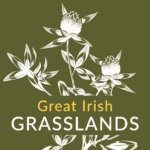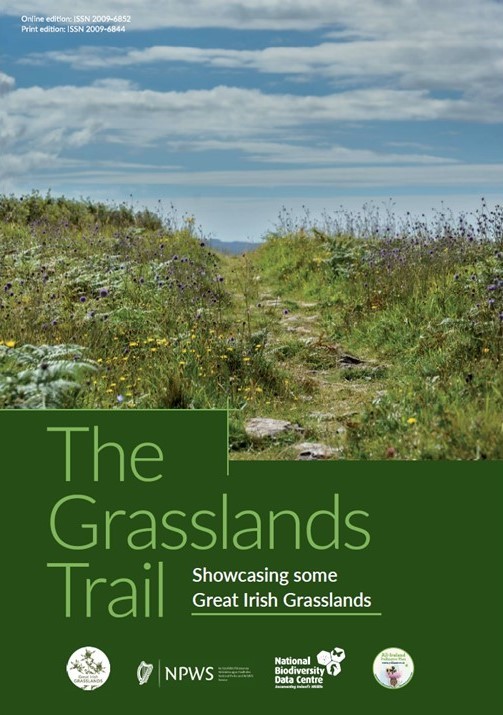Grasslands Trail booklet
A booklet celebrating Great Irish Grasslands and the Grasslands Trail is available to download here. Please take a look, and share widely. It contains great information on semi-natural grasslands in Ireland, including features on all nine trail sites, and key principles for management grasslands.
Where to see and experience Great Irish Grasslands
The Grasslands Trail is a network of publicly accessible grasslands spread across the country. All these sites are managed sensitively, with nature conservation and grassland diversity in mind. Some also have more intensively managed parkland areas – so make sure to explore to find the wildest parts! Summer is the best time to visit most grasslands, but there is likely to be much to see at any time of the year at these great sites.
To begin, this is being rolled out as a pilot initiative, featuring a small number of sites only. Do let us know of other good sites to include (use the Contact Us Form) – and maybe they can be in part of the ‘Grasslands Trail’ in future. It is also hoped to have events and information provision at these sites – but for now, just go and enjoy the grasslands and other delights.
Grassland Trail sites:
As noted above, we will hopefully add to this list over time, building up a network of ‘Grassland Trail’ sites, and develop information to be available both from this website, and at these sites.
Ballycastle Golf Course, Antrim
Owned by Ballycastle Golf Club
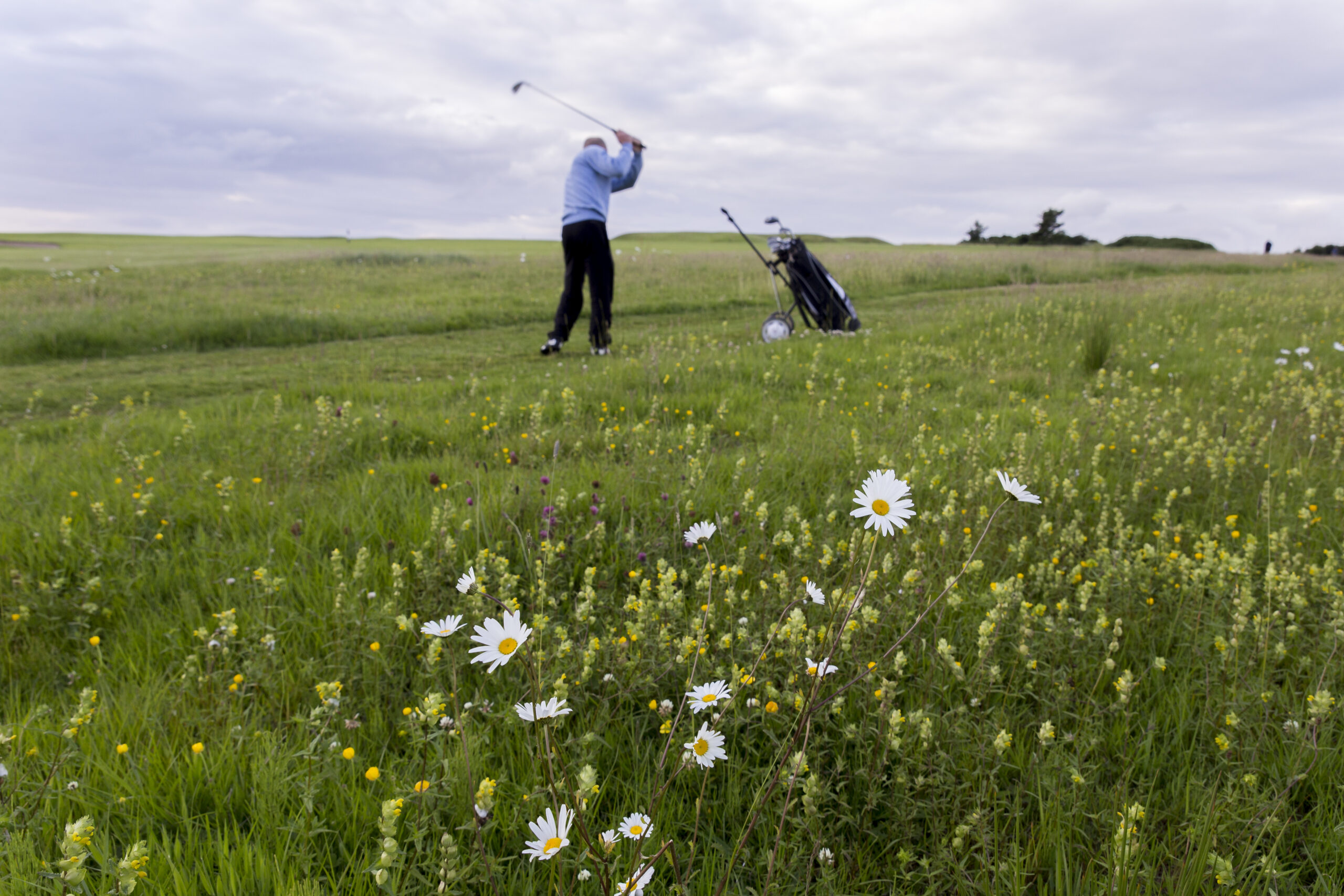
2.4 hectares of meadow which act as ‘roughs’ for the course are cut once a year by a local farmer to use as hay. The meadows were created with golf in mind, but they also support a species-rich grassland habitat. The sandy, nutrient-poor soils on the course create ideal conditions for many species and have allowed the meadows to develop quickly. There are wonderful displays of wildflowers throughout the season from the early Dandelions to the late flowering Devil’s-bit Scabious.
Castletown House, Kildare
Owned by OPW
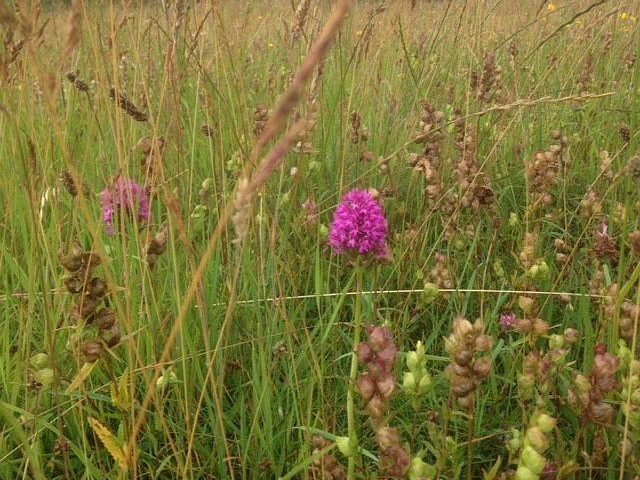
**Note that there are currently access and facility issues at this site**
80 acres of summer hay meadow which is cut once a year, with the grass bailed and removed. This reduces the fertility and encourages native wild flowers and grasses. No fertilisers or pesticides are used. The grassland managers here have won a Pollinator Award in recognition of good management for biodiversity. Beautiful colours, especially when species such as yellow rattle and pyramidal orchid are in flower in mid-summer.
Doneraile Estate, Cork
Owned by OPW
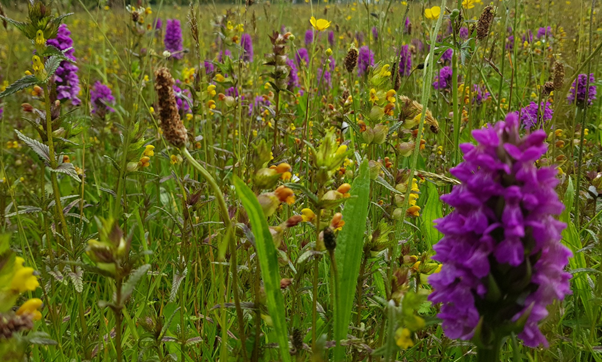
Large area of semi-natural damp grassland – beautiful in high summer, with lots of colour, and plenty of orchids.
This site also supports some uncommon grass species, and so is a treat to visit.
Farmland at ‘The Rocks’, South Roscommon
Owned privately
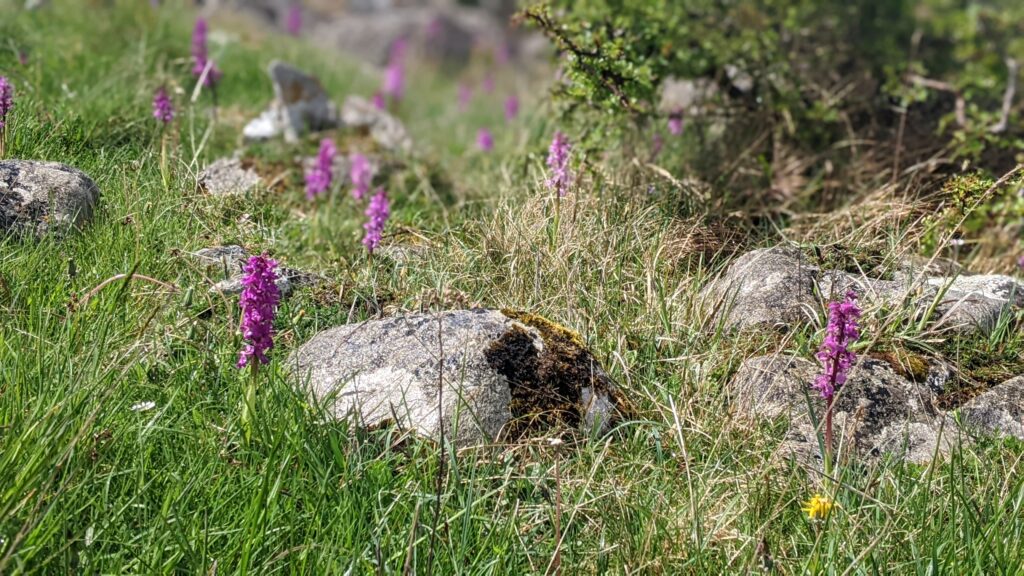
This farm has 20 hectares of semi-natural grassland on well-drained calcareous soil. There is an array of wildflowers, helped by conservation grazing in winter by Hereford cattle. A succession of species bloom from early spring until autumn, including lots of orchid species. This haven for wildlife, with insects, birds and mammals is a testament to farmer Liam Kildea who was awarded the National Herdwatch Biodiversity Farmer of the Year Award 2023 at the FBD Better Farming Awards.
Glengarriff Nature Reserve, Cork
Owned by National Parks and Wildlife Service
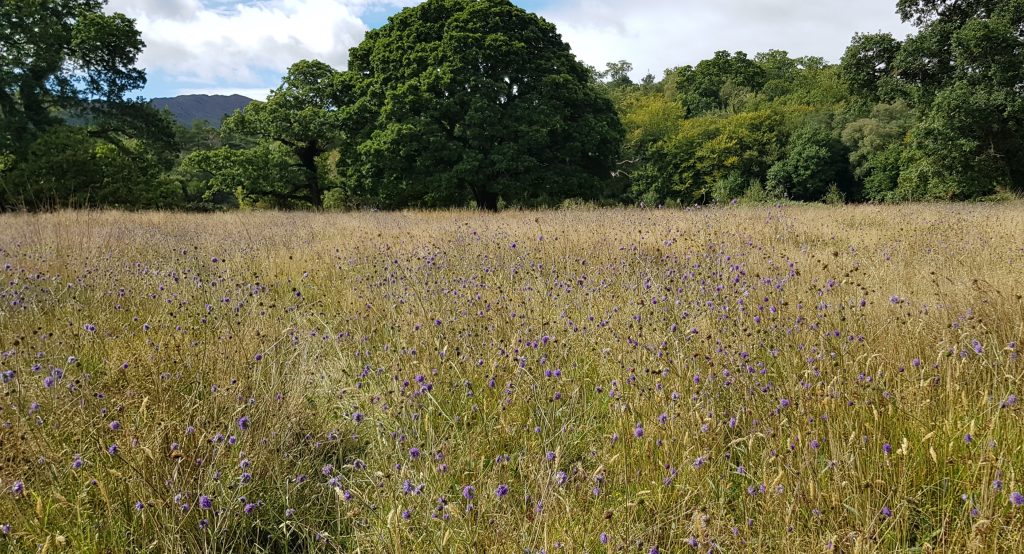
The Big Meadow is grazed by Kerry cattle and has ant-hills showing that it has never been ploughed. You can access the wonderful grassland via a 3km walk along footpath through woodland. The meadow looks its most impressive in late summer/early autumn with its swathes of purple Devil’s-bit Scabious.
Newbridge House and Farm, Dublin
Owned by Fingal County Council
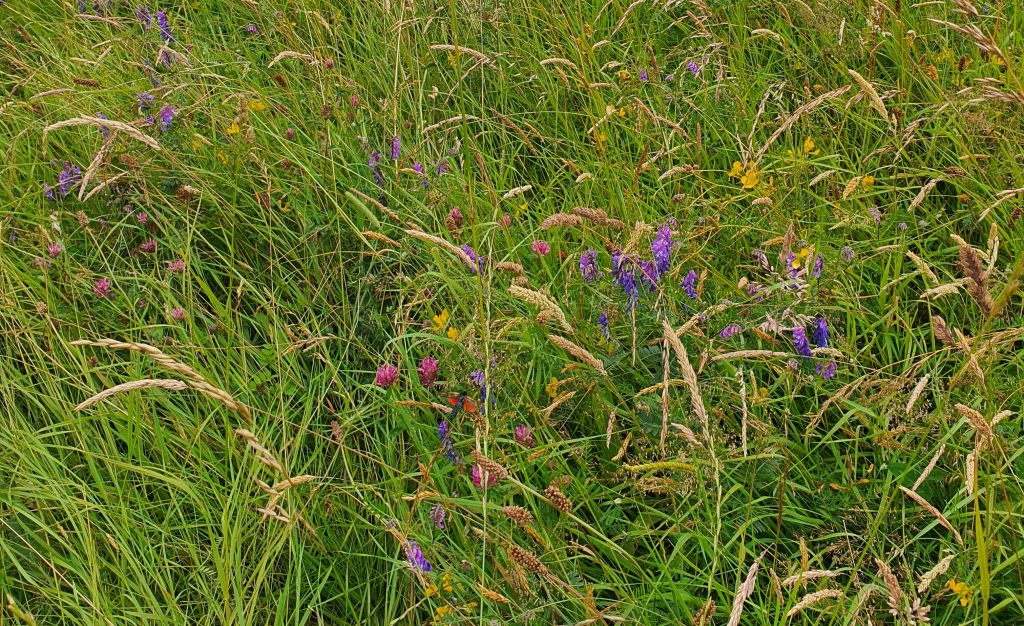
Large areas of parkland with sensitively managed meadows provide a nice contrast to the grazed areas at this diverse site. Some meadow areas are distinctly damp (look out for species such as Meadowsweet), and others much drier (in spring search for the primroses to help you find the area of calcareous grassland here!).
Sheskinmore Nature Reserve, Donegal
Multiple Owners, including National Parks and Wildlife Service
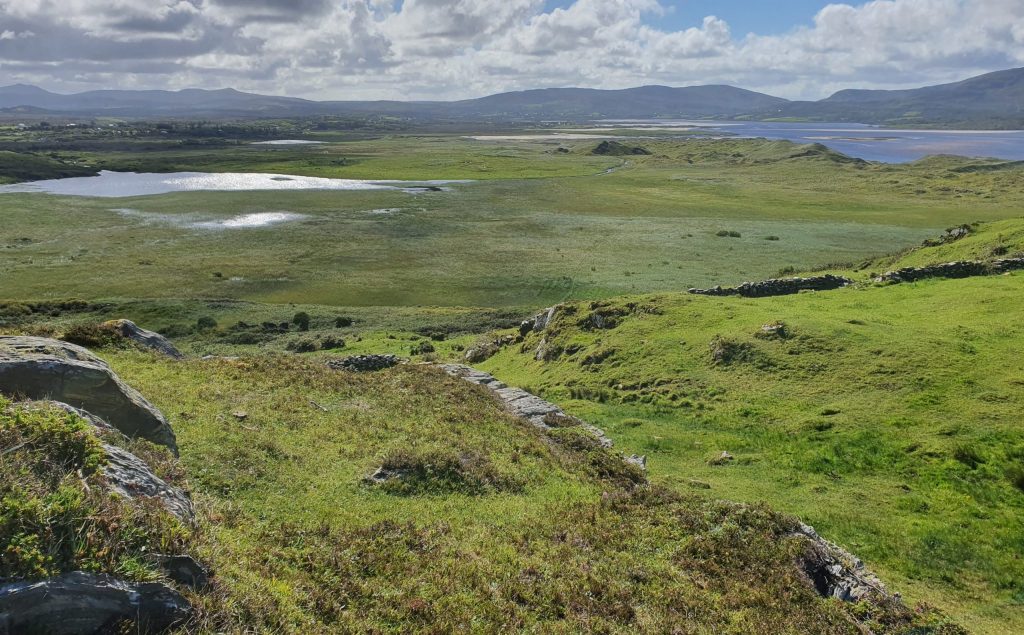
A scenically stunning site with 300 hectares of fixed dunes, machair grassland, wet grassland, meadows and marsh. Winter grazing by cattle and horses, some summer grazing and also some mowing – all this helps keep this site in great condition for biodiversity. This site is great for orchids and for a range of grassland plants. It’s also a well-known bird site too.
Slieve Carran/Keelhilla Nature Reserve, part of the Burren National Park
Owned by National Parks and Wildlife Service
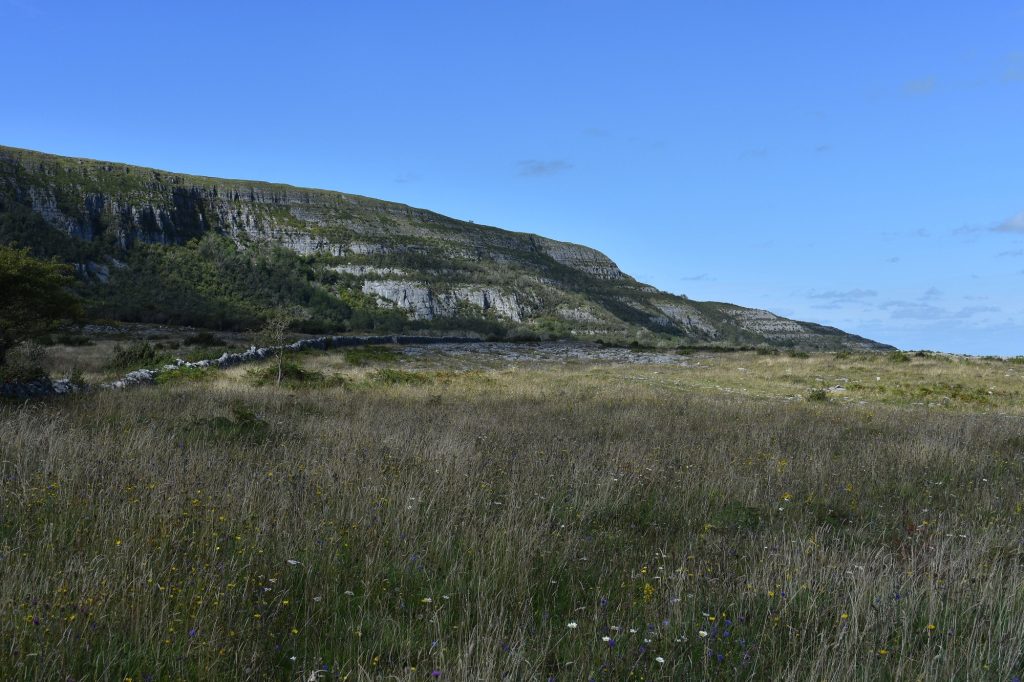
To a dramatic wooded cliff backdrop, this site boasts limestone pavement, orchid-rich calcareous grassland, woodland and scrub. Winter grazing by cattle is the main management. The site is an excellent place to see a wide range of Burren-speciality plants. There are two short walks c. 1-2 hours along rough paths.
Tymon Park, Dublin
Owned by South Dublin County Council
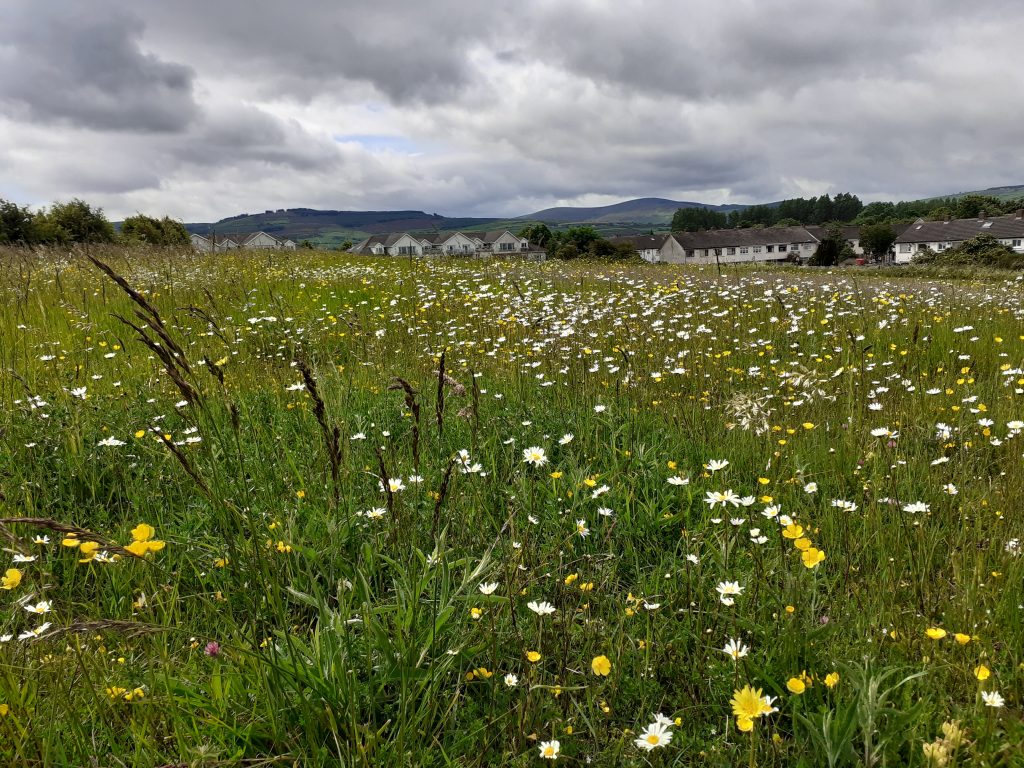
160 hectares of long flowering meadows (cut once a year), plus over 8 hectares of short flowering Meadows (cut 5 times a year). Owned and managed by South Dublin County Council who are also monitoring the different management regimes. There is even a section of intact esker ridge, with uncommon plants, right by the M50! A delightful nugget of grassland diversity, right on the edge of our capital city.
Photo Credits: Joshua Brown, Edwina Cole, Linda Gilsenan, Clare Heardman, Maria Long and Matt Woodhouse.
